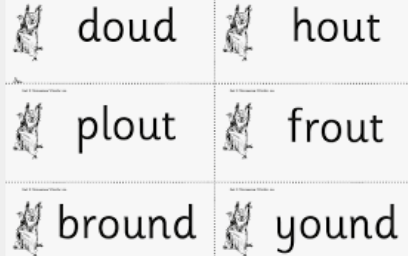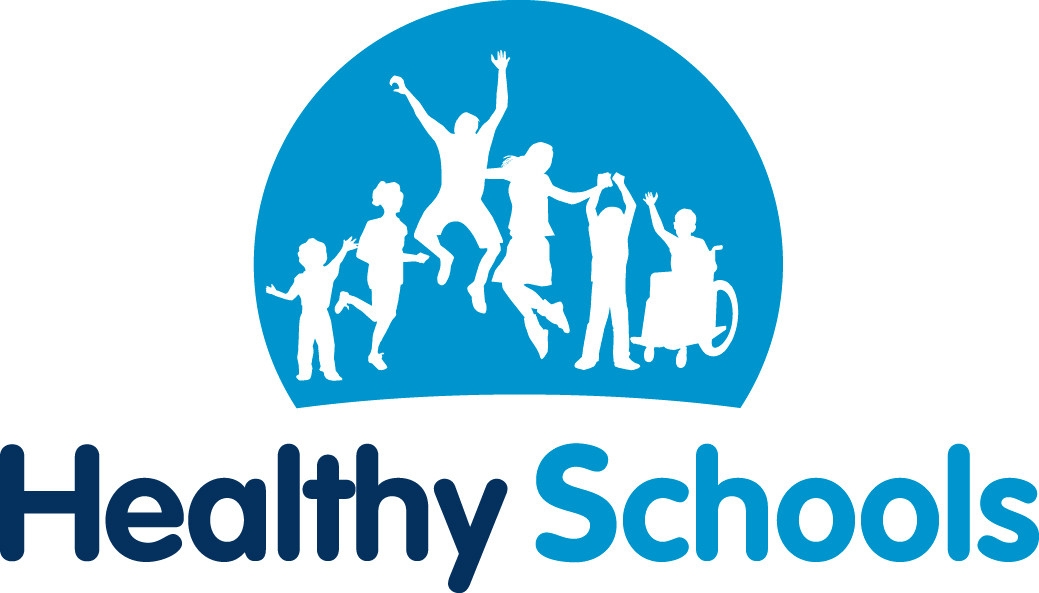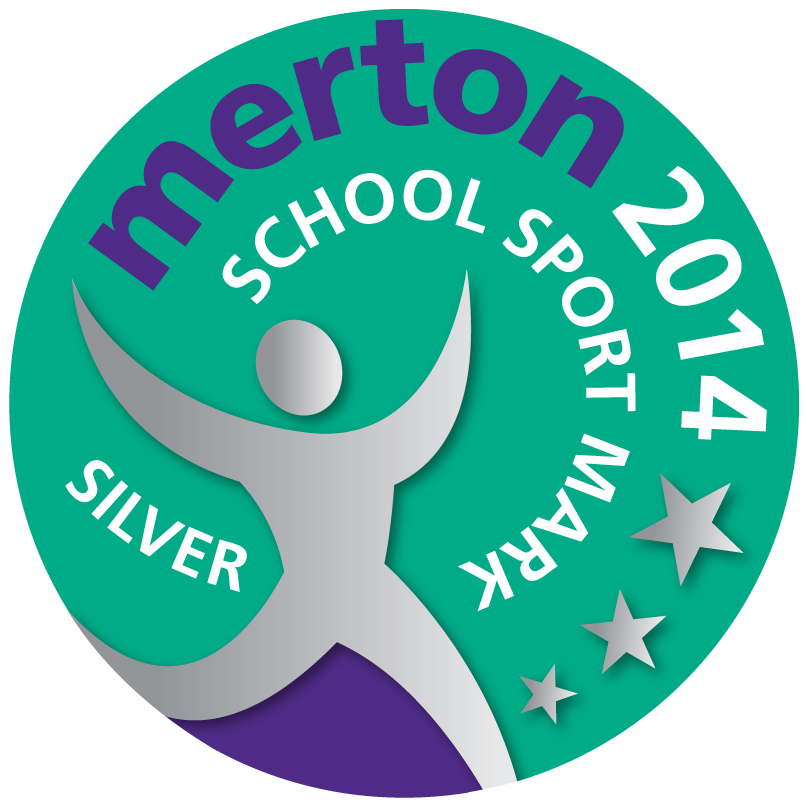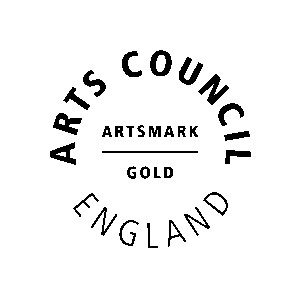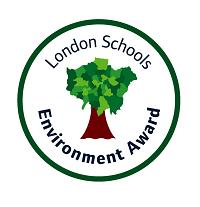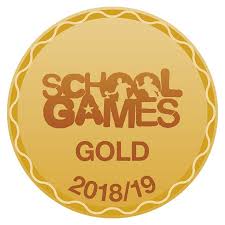3. Glossary of 'Read Write Inc.' Terminology
Here are clear definitions of some of the key words that you might hear used by your children about their 'Read Write Inc.' phonics lessons.
Set 1 Speed Sounds:
Sounds are taught in 3 sets in 'Read Write Inc'. Set 1 Speed Sounds are the first group of sounds, which contain sounds written with one letter:
m a s d t i n p g o c k u b f e l h r j v y w z x
and sounds written with two letters (your child will call these ‘special friends’):
sh th ch qu ng nk ck ff ll ss ck
Your child will learn to blend these sounds into words, e.g. m–a–t mat, c–a–t cat, g–o–t got, f–i–sh fish, s–p–o–t spot, b–e–s–t best, s–p–l–a–sh splash.
Set 2 Speed Sounds:
Once your child has mastered reading Set 1 Speed Sounds, they will then begin to learn Set 2 Speed Sounds. The following are Set 2 Speed Sounds:
ay ee igh ow oo oo ar or air ir ou oy
Set 3 Speed Sounds:
The final set of speed sounds that your child will learn are the Set 3 Speed Sounds. These are:
ea oi a-e i-e o-e u-e aw are ur er ow ai oa ew ire ear ure au e-e ue ie ph wh kn tius ion ceous e
Sound Pronunciation Guide Video:
Here is a useful video about how to pronounce each of the sounds listed above:
Fred Talk:
We use pure sounds (‘m’ not ’muh’, ’s’ not ‘suh’, etc) so that your child will be able to blend the sounds into words more easily.
At school, we use a puppet called Fred, who is an expert on sounding out words! We call it, ‘Fred Talk’. E.g. m-o-p, c-a-t, m-a-n, sh-o-p, b-l-a-ck.

Fred in Your Head:
Once children can sound out a word, we teach them to say the sounds silently in their heads. We show them how to do this by:
1. Whispering the sounds and then saying the whole word;
2. Mouthing the sounds silently and then saying the whole word;
3. Saying the whole word straight away.
Fred Fingers:
This means ‘pinching’ each sound from a word on your fingers to help you spell a word.
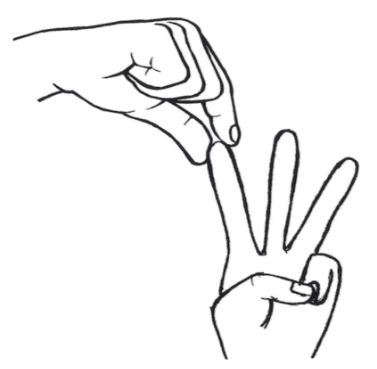
Green Words:
Green Words are decodable, real words that your children will learn to read. The children practise reading words containing the sounds that they have learnt. We ask children to:
1. Spot the special friends
2. Fred talk
3. Read the word
So for 'play' children would say: 'ay', 'p –l – ay', 'play'
Ship = 'sh', 'sh – i – p', 'ship'
Thick = 'th and ck', 'th-i-ck', 'thick'
Hand = (If there are no special friends children shake their head) 'h-a-n-d', 'hand'
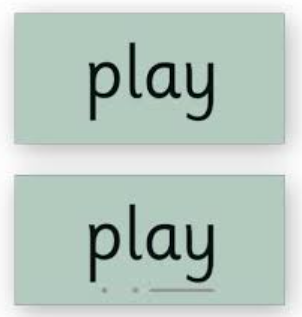
Red Words:
Red Words are also known as common exception words, or tricky words. They occur in stories regularly (e.g. 'said', 'what', 'where') but have unusual letter combinations (e.g. ‘ai’ in the word ‘said’ makes the sound ‘e’).
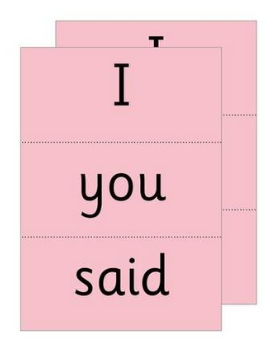
Story Green Words:
Story Green Words are decodable words that will be included in the storybook that your child brings home to read.
Speedy Green Words:
Speedy Green Words are decodable words in the storybook that the children should be able to read at speed, rather than fred talking first.
Nonsense Words:
As well as learning to read and blend real words, children will have plenty of opportunities to apply their sound recognition skills by reading ‘Nonsense words’. These words will also feature heavily in the Year 1 Phonics Screening check in the Summer term. Nonsense words are used to check that your child can read any word. They are introduced to children when they are coming to the end of Set 1 Speed Sounds. Children are able to use their sound recognition skills to read these words that do not make sense.
